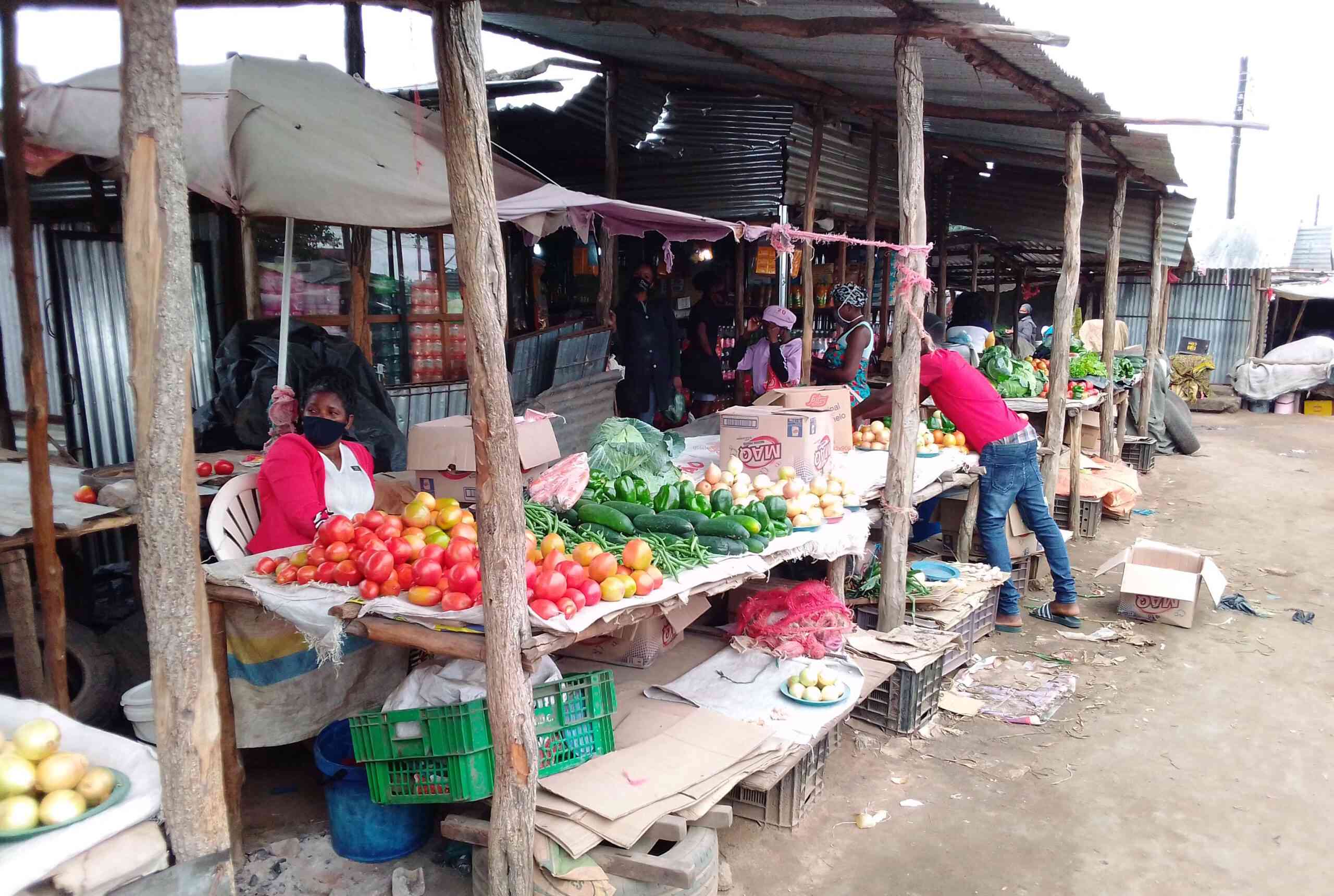
BY MTHANDAZO NYONI
THE total number of cattle slaughtered last year decreased by 11% to 236 781 compared to the previous period, in the wake of a tightening operating environment characterised by uncertainties over pricing by cattle producers.
In its latest report, Livestock and Meat Advisory Council (LMAC) noted that the total slaughters through formal abattoirs in 2019 were the lowest since 2011.
“A difficult operating environment characterised by uncertainties over pricing by cattle producers wary of trading in a rapidly depreciating local currency and higher operating costs through challenges around frequent quarantine orders by authorities in response to disease outbreaks such as foot and mouth disease and theileriosis has contributed to depressed selling patterns,” the report reads in part.
Zimbabwe has so far lost more than 21 400 cattle to drought, according to official figures, with Matabeleland South province recording 15 180 deaths, while 6 220 deaths were recorded in Matabeleland North province.
“Thousands of cattle are believed to have already perished because of drought-related grazing shortages. Raw materials for the manufacture of survival stockfeed rations are also in critical short supply,” LMAC said.
The council said discussions spearheaded by the Zimbabwe Farmers Union and the Commercial Farmers Union had focused on immediate and long-term interventions to assist producers such as promoting leasing arrangements on areas with good grazing, facilitating livestock movements, resuscitating market days, preparation and dissemination of awareness brochures and in the long term, adopting measures to improve the veld.
Meanwhile, pig producers also decried low demand, a situation they said was now a threat to their viability.
- Chamisa under fire over US$120K donation
- Mavhunga puts DeMbare into Chibuku quarterfinals
- Pension funds bet on Cabora Bassa oilfields
- Councils defy govt fire tender directive
Keep Reading
The producer price of pork is $40 per kg and wholesale price is at $50/kg to $55/kg.
“Demand is low and, in some instances, the wholesale price is being revised to between $42/kg to $45/kg. The retail price of loin chops ranges between $80/kg and $140/kg,” it said.











